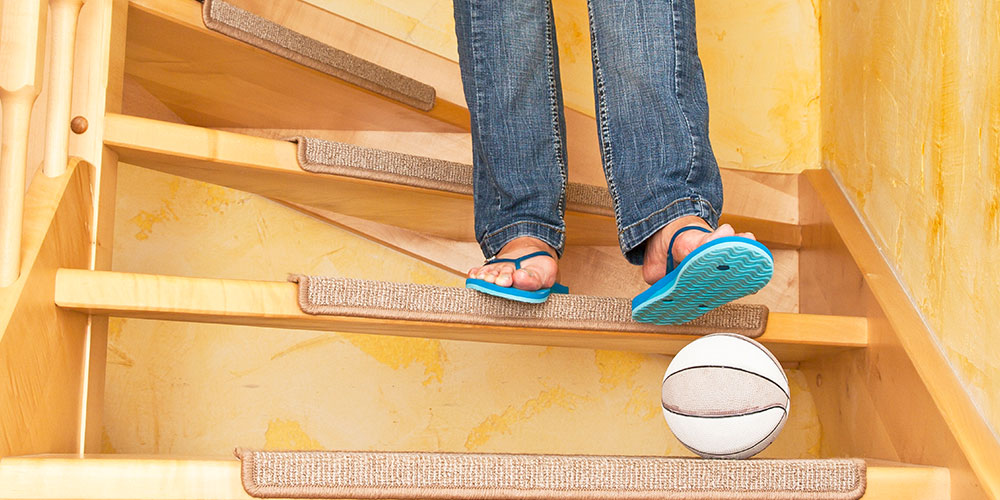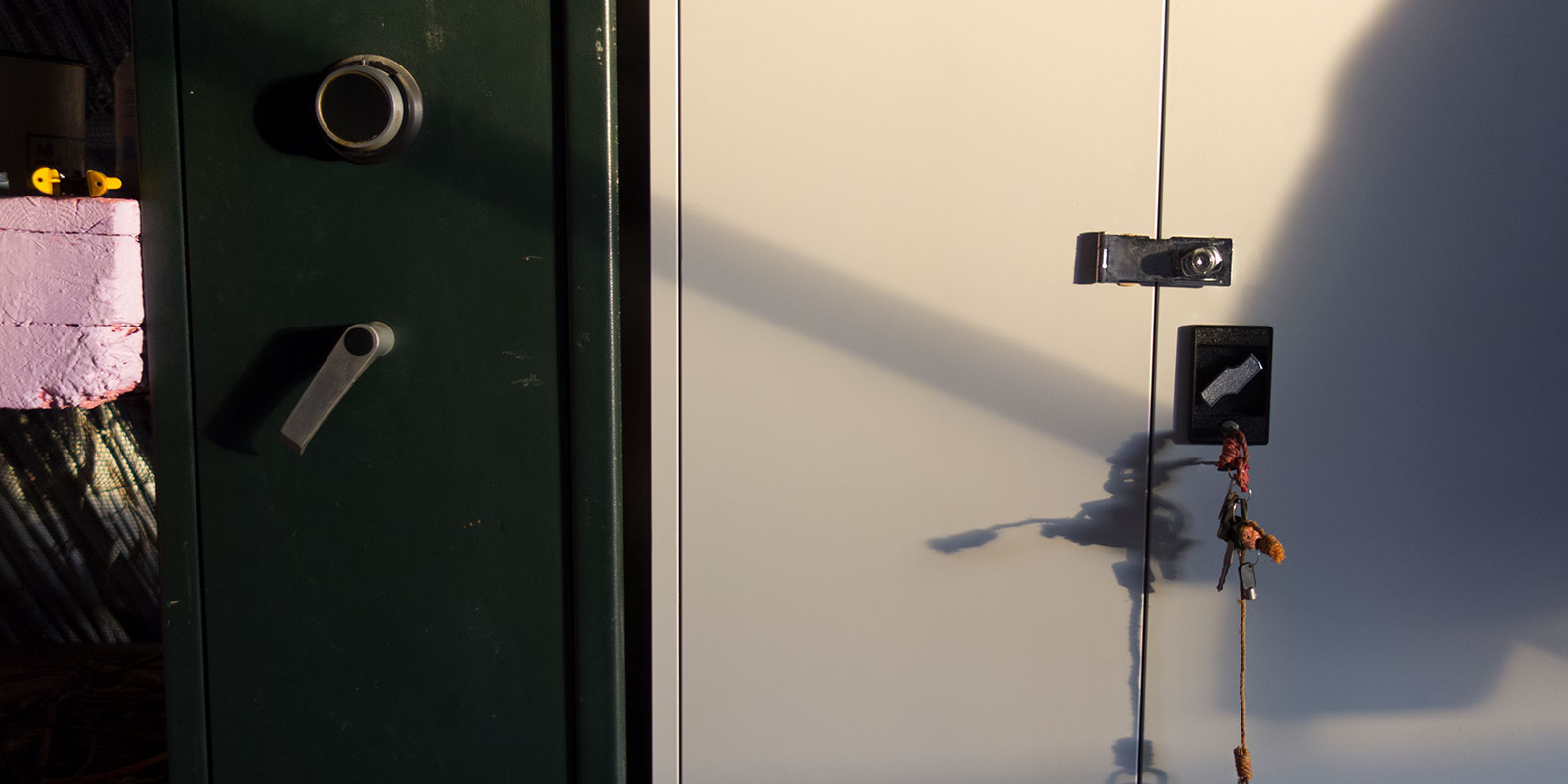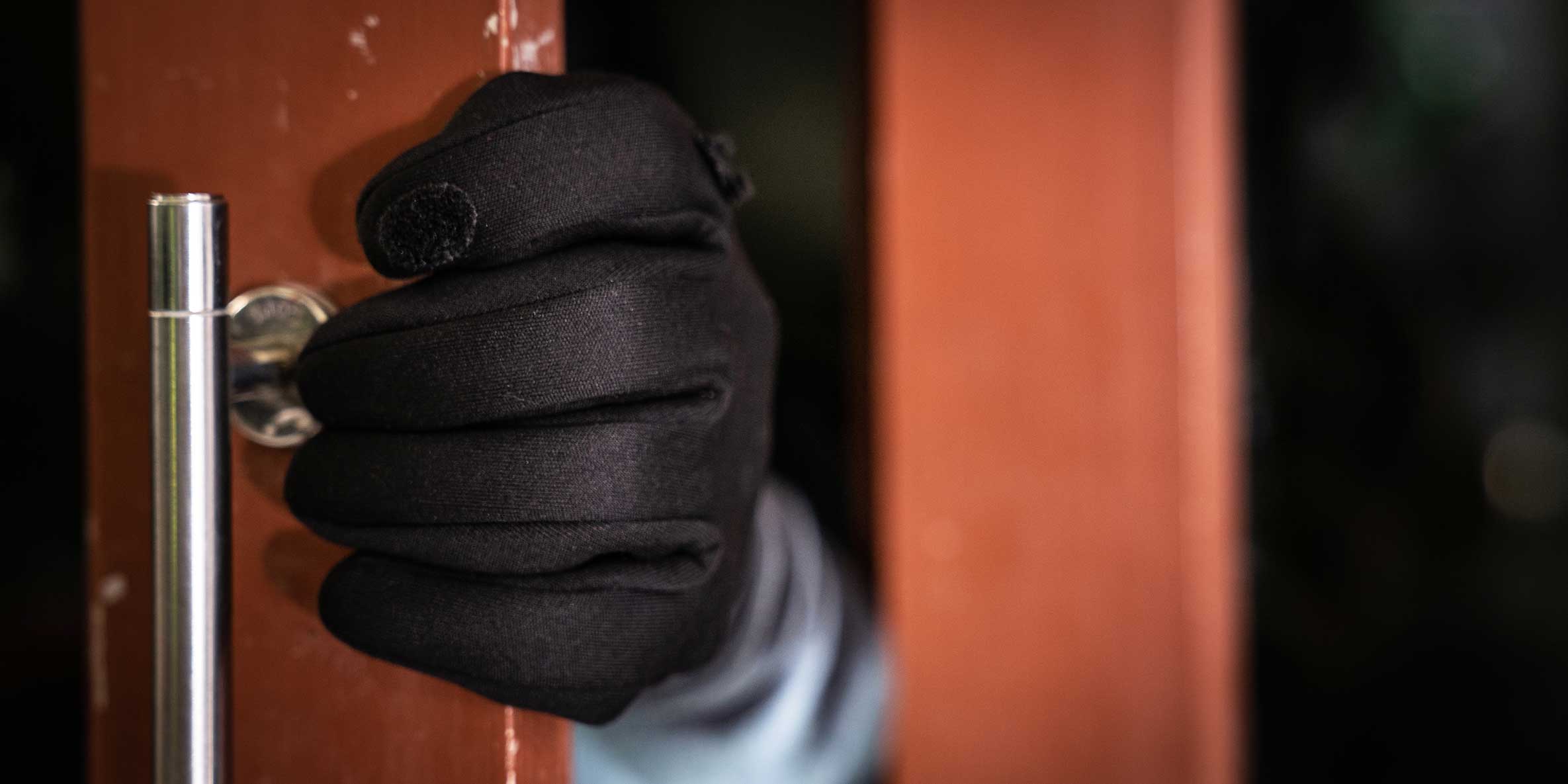When looking for a new home, realtors are obligated to disclose information about the house such as foundation defects, the home’s history and past code violations. They do not necessarily have to share neighborhood information.
Yet, the community is just as important to your safety and wellbeing as the home itself.
A look at your neighborhood’s demographics, crime history and police presence will give you a good idea of its safety.
1. Recognize Area Crime
Few areas are completely free of crime; it is an unfortunate truth in the world we live.
With this in mind, do some research on crime statistics and neighborhood history before moving. There are numerous tools available to make this quick and easy.
For example, Family Watchdog provides crime statistics broken down by offense in your city. Other tools, such as CrimeReports, allow you to see a map of where crimes have occurred in your area. These tools, and their subsequent findings, provide a detailed picture of a neighborhood’s overall safety.
2. Evaluate Safety Amenities
Some neighborhoods have supplementary safety amenities in addition to a police force.
Check to see if your potential neighborhood has auxiliary police, a neighborhood safety patrol or a neighborhood watch program. These safety institutions can cover areas where police may run thin and provide you with additional peace of mind.
3. Survey the Neighborhood
The best way to evaluate a neighborhood is by experiencing it first hand. Walk around—both during the day and at night—to get a feel for the atmosphere and people.
While observing, take note of streetlights, how many patrol cars you see, the amount of foot traffic and the general camaraderie of neighbors.
4. Go With Your Gut
Sometimes, it’s hard to relate to crime stats and figures because they are too distant or abstract. To combat, couple the information with an old fashion gut check.
After surveying the neighborhood, ask yourself: “Do I feel safe?” Even if crime stats indicate a secure neighborhood, if your gut is saying it is unsafe, listen.
Don’t Let Your Guard Down
Even the safest of neighborhoods can be prone to crime sprees. Therefore, don’t confuse a safe neighborhood with a safe home. Additional home security precautions, such as a basic home monitoring system, are still a necessity.
Image Source: Jessica Curtin via Flickr



